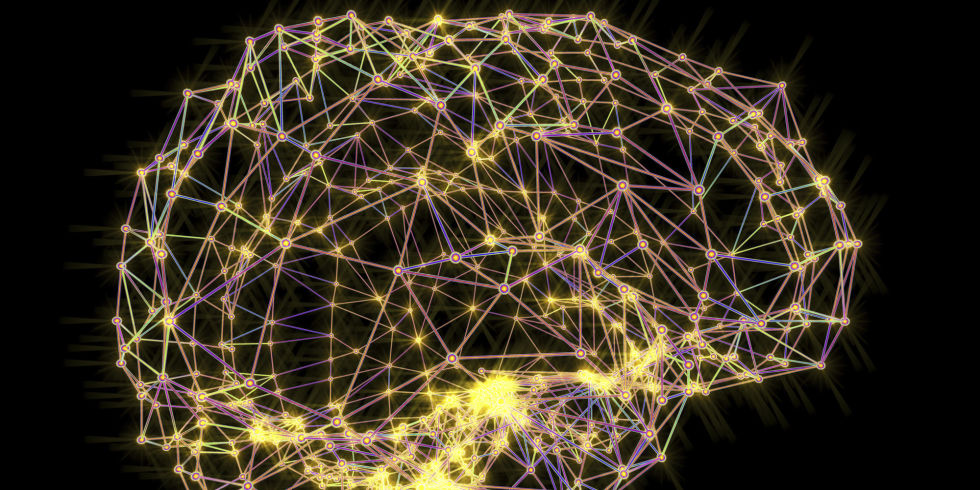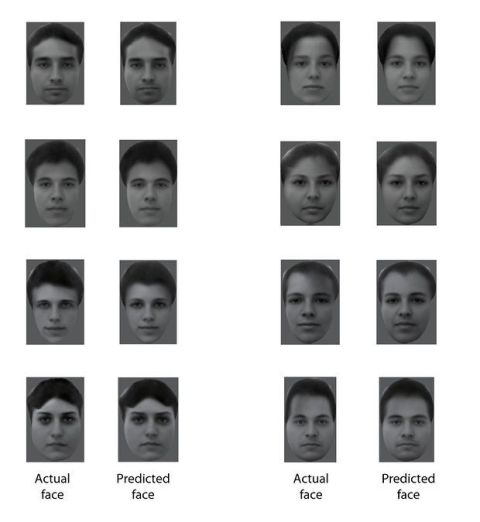When you see a face, what happens in your brain? How do your neurons process facial features to recognize a person you know? Thanks to a group of researchers at Caltech, we may finally have the answer.
The researchers studied the brains of monkeys and managed to reconstruct the faces of people the monkeys had seen based solely on the measurements from a few neurons.Their results are almost eerily perfect:
The researchers stumbled on their result almost by accident. The team was trying to develop an algorithm to use for facial recognition, where they reduced the complexities of facial features down to 25 unique measurements. The team found the most efficient measurements that would give them the best facial identifications.
It turns out that our brains are equally efficient at facial identification because they use the same 25 measurements. When the team looked at brain scans of monkeys, they found that the monkeys already used the same method the researchers had just developed.
Using their algorithm, the researchers were able to decode the brain scans and recreate the faces of several people the monkeys were looking at. Because of their algorithm, their decoded faces were almost identical to the real ones.
So can we read people’s minds now? Probably not, although this discovery is still important. The brain scans the team used to recreate faces were taken while the monkeys were still looking at the original faces, which means we can’t scan your brain to figure out who you saw yesterday.
But it does mean we’ve taken a big step toward figuring out how our brains process images. With this result, we’ve basically solved the problem of how our brains process faces, and we can start testing other types of objects as well. Maybe someday, we’ll have decoded the intricate algorithms of our brains completely.















